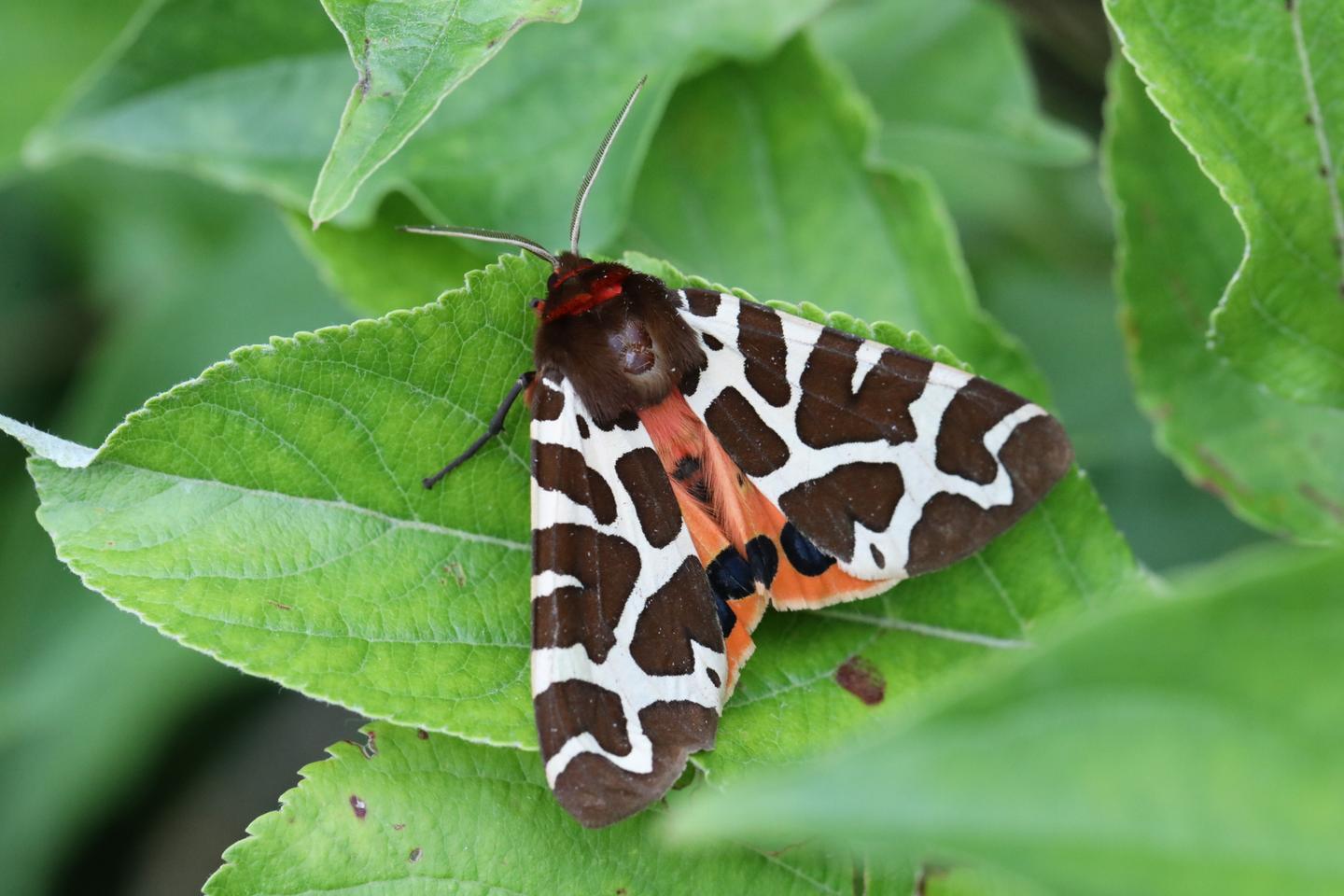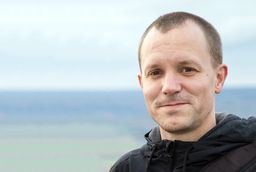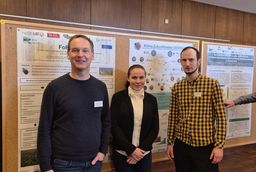Insect diversity
DIVERSA SP4 - Effects of natural disturbances on dynamics and ecological functions of insect communities
Subproject 4 studies how disturbances affect moth diversity and associated ecosystem functions in forests, using field and citizen data to inform conservation and management from local to regional scales.

Higher trophic level diversity is key to forest functioning and thus may be critical for ecosystem stability under environmental change. Natural disturbances affect higher trophic level diversity and functioning differently in different forest management types. However, strategies for biodiversity conservation and forest stability require a better understanding of how recent changes in disturbance regimes affect i) the reorganisation of biodiversity and ii) the regulation of pests and pathogens. Subproject 4 (SP4) addresses these knowledge gaps by quantifying disturbance effects on insect diversity and associated ecosystem functions at local and regional scales. SP4 uses moths (Lepidoptera) as a highly diverse insect group that plays key roles as prey, pollinators and pests. Many species are also declining across Europe and are therefore of interest to conservationists. SP4 focuses on light trapping to study local dynamics in moth communities and established field protocols to quantify biotic control and pest/pathogen resistance. For a regional perspective, existing citizen science data are used and standardised and predictive spatio-temporal models of disturbance effects on abundance and distribution across Lower Saxony and Germany are applied.
Contact person

Blog
All
1.5 – one scientist, five questions with Prof. Dr. Andreas Schuldt
Head of the Department of Forest Nature Conservation at Georg August University of Göttingen and sub-project lead at the Climate Future Lab DIVERSA
7 min. Reading time
Kick-off event of the Climate Future Lab DIVERSA
At the kick-off in Göttingen, around 30 participants of the Climate Future Lab DIVERSA laid the foundation for six years of interdisciplinary research
3 min. Reading time
Conference on carbon sequestration in forests
Climate Future Labs DIVERSA and FoResLab introduce themselves
2 min. Reading time
